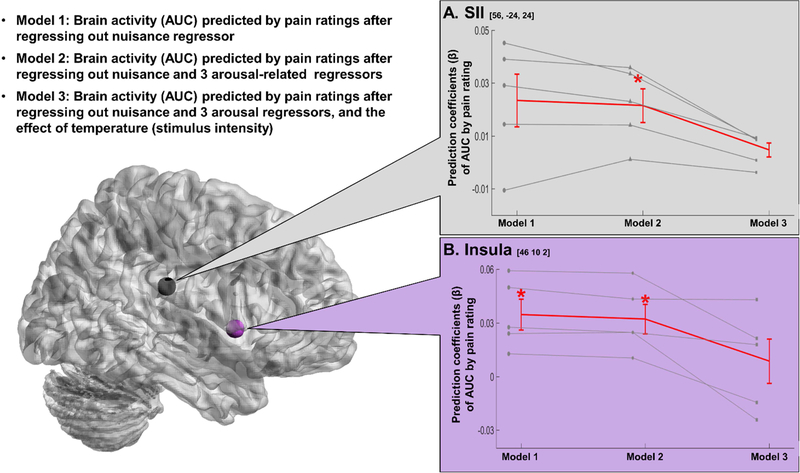Figure 4. Preliminary result of our approach to using autonomic activity to isolate non-specific salience and arousal in the brain response to pain.
Here we illustrate our approach by applying it to a subset of fMRI data (n = 5) acquired during an acute thermal pain task (Atlas et al., 2014). To test the effect of regressing out physiological arousal using autonomic nervous system (ANS) activity, we evaluated three regression models that measured subjective pain as a function of brain activity. We extracted data from right secondary somatosensory cortex (SII) and right middle insula, two ROIs previously associated with subjective pain (Atlas et al., 2014), and used single trial analysis (Atlas et al., 2014; Mumford et al., 2014; Rissman et al., 2010) to generate heat-evoked area under the curve (AUC) estimates for each trial based on three models. Model 1 included only traditional nuisance regressors (motion, spikes, and intercepts). Model 2 included nuisance regressors and regressors for physiological responses (skin conductance response, respiration, and heart rate). Model 3 included nuisance regressors, regressors for physiological responses, and the effect of stimulus intensities (4 levels; warm, low, medium, and high pain) to account for nociceptive processing. We used linear regression to evaluate the link between subjective pain and AUC estimates generated by each model and tested effects across participants.

